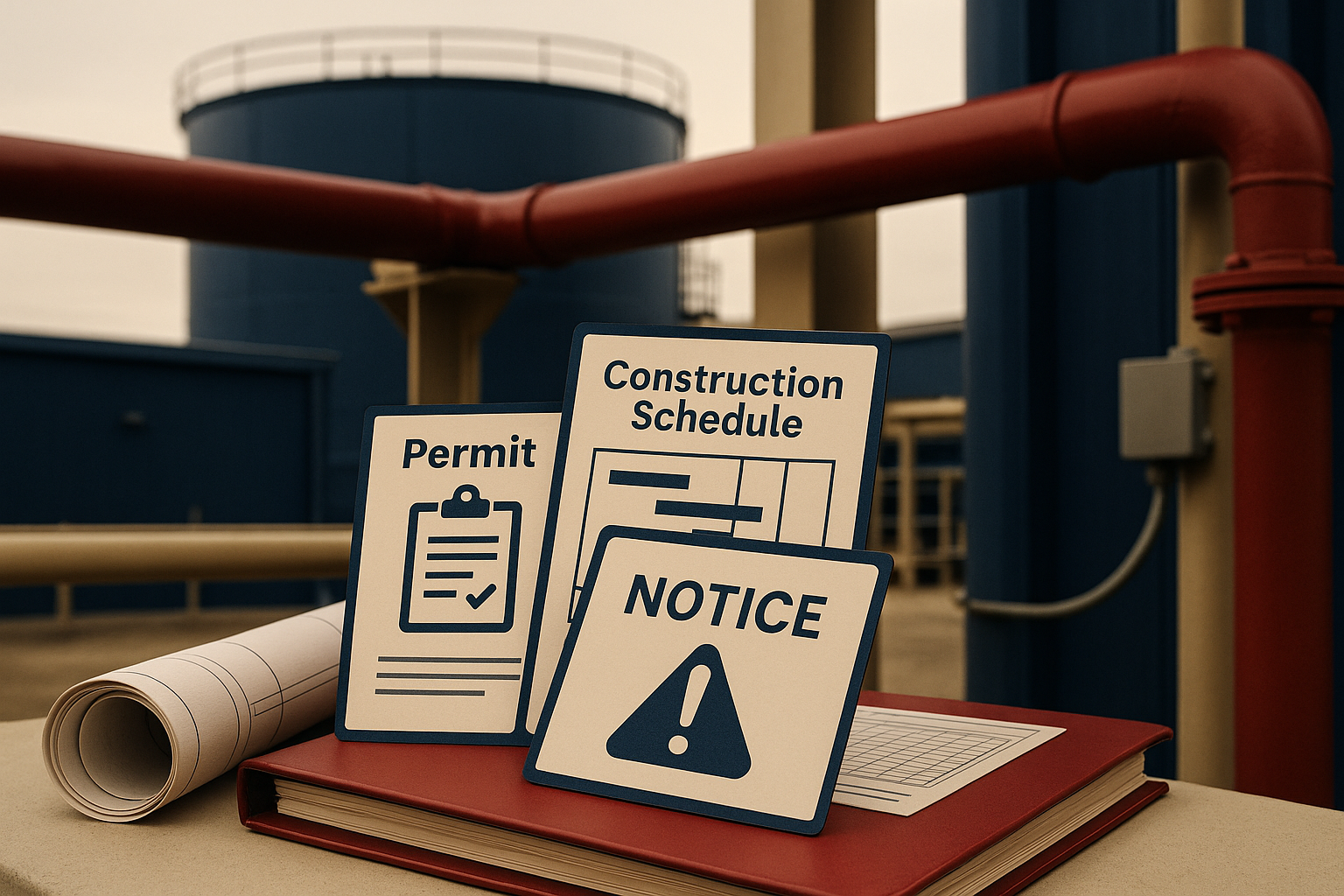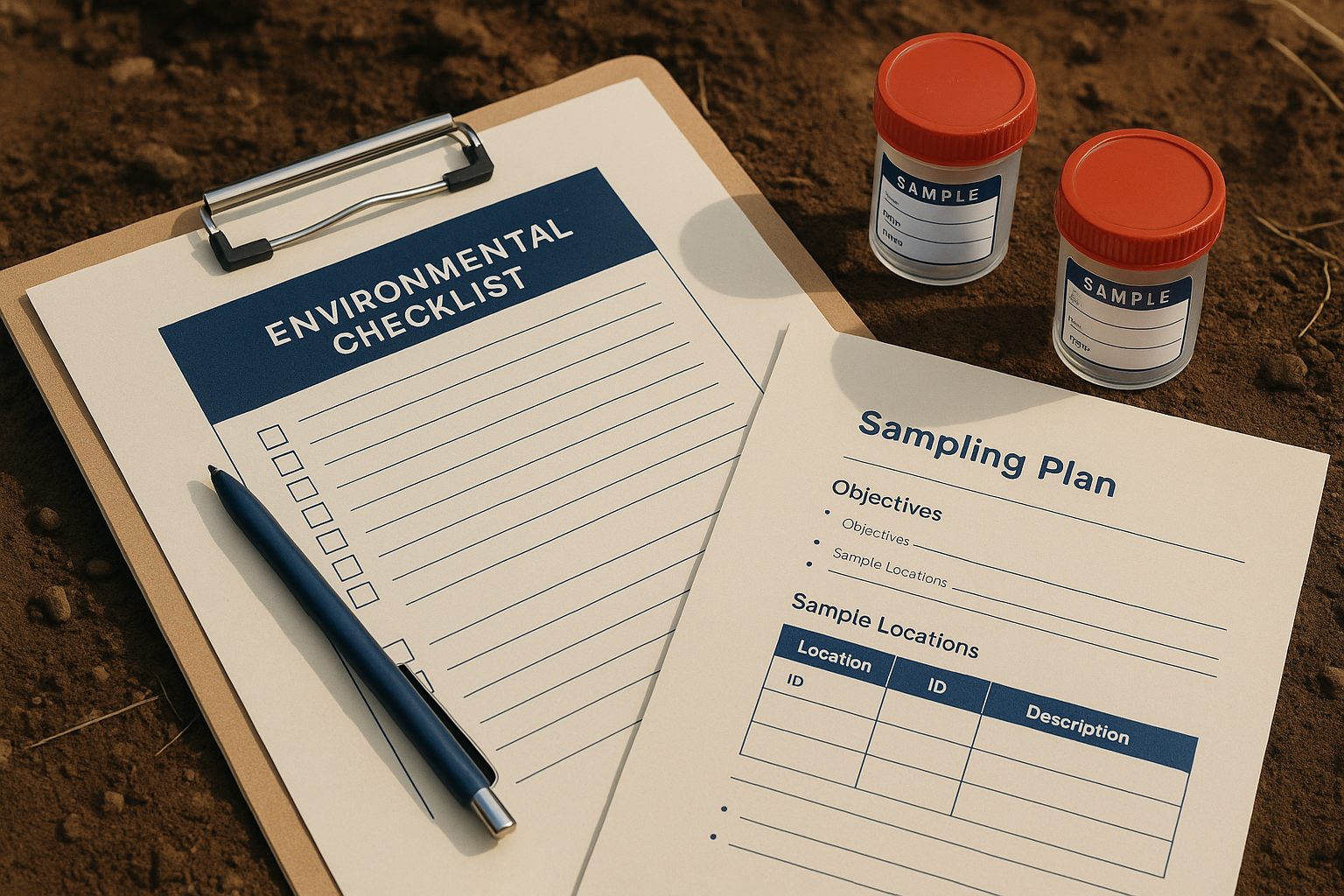Environmental & Natural-Resources Law — Practical compliance, defensible strategy
From permitting and due diligence to agency negotiations and enforcement defense, we help organizations meet environmental obligations without stalling projects. Our team maps applicable federal, state, and local requirements, builds workable compliance programs, and coordinates with real estate, corporate, and litigation counsel when matters span multiple disciplines. Whether you’re acquiring a site, expanding operations, responding to a spill, or resolving a notice of violation, you get clear next steps, timelines, and documentation that stands up to scrutiny.
- Permitting and approvals for air, water, waste, and land-use (jurisdiction-specific)
- Environmental due diligence (Phase I/II coordination) and risk allocation in transactions
- Compliance audits and corrective action plans designed for daily operations
- Spill response, self-disclosures (where available), and agency negotiations
- Enforcement defense, consent orders, and cost-effective remediation strategies
- Cross-practice coordination with real estate, corporate, and insurance coverage issues
Based in Castle Rock and serving the Denver metro, with expanding coverage through our state rollout.


Our process: audits, corrective action, stakeholder engagement, and agency interactions
We start with a concise risk snapshot: what laws apply, where gaps exist, and how to prioritize fixes without disrupting operations. Then we build an action plan with owners, deadlines, and documentation standards that fit your workflows. For projects, we align environmental reviews with real estate and financing milestones so approvals and disclosures keep pace with the deal. If regulators are involved, we prepare the record, manage communications, and work toward practical resolutions.
Compliance lifecycle
- Audit: map permits, plans, training, and reporting duties
- Corrective action: prioritize fixes by legal risk and business impact
- Documentation: SOPs, logs, and evidence for inspections
- Monitoring: schedules, assignments, and change management
- Review: periodic checks and update cadence as rules evolve
Projects, deals, and investigations
- Due diligence: coordinate Phase I/II ESAs and allocate risk in contracts
- Permitting: schedule submittals to align with design and construction
- Notices and reporting: manage deadlines and preserve privilege appropriately
- Agency interactions: prepare the record and negotiate practical remedies
- Remediation strategy: right-size cleanup and long-term stewardship
For neutral primers on environmental statutes and permitting concepts, browse law.cornell.edu and official guidance from the U.S. EPA . Always obtain advice for your specific facts and jurisdiction.
Frequently asked questions
Quick answers to common permitting, compliance, and enforcement questions.
Get ahead of permits, inspections, and deadlines
On your first call, we map obligations, set priorities, and outline a realistic schedule. You’ll know what to file, when, and how we’ll document compliance.
Page last updated: September 12, 2025
